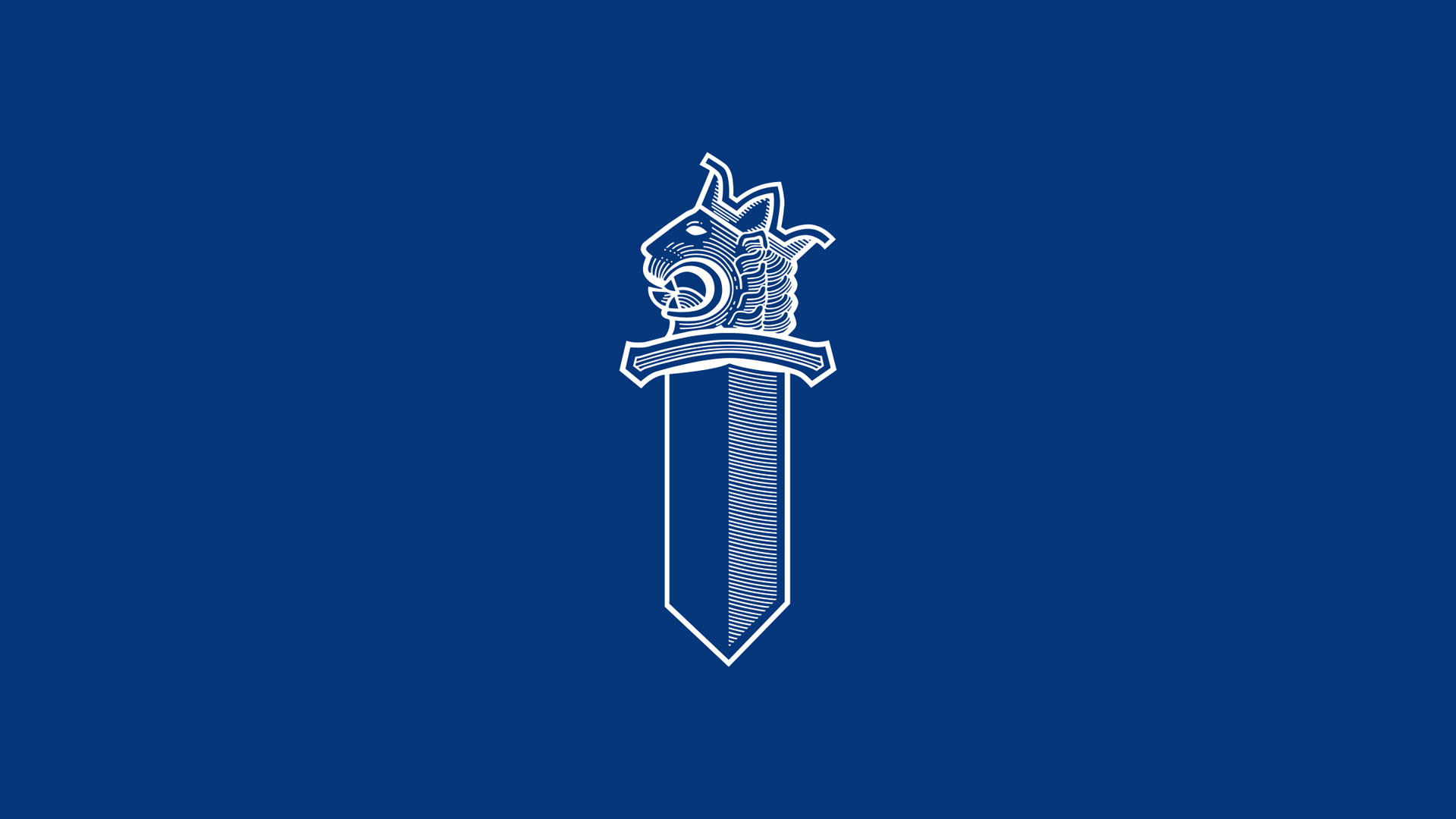Investigation of C-Lion-1 sea cable damage site in Baltic Sea completed
The crime scene investigation of the C-Lion-1 sea cable rupture site has been completed. Investigators have collected samples of the cable for further analysis by the Forensic Laboratory of the National Bureau of Investigation (NBI) and conducted seabed imaging.
The Gulf of Finland Coast Guard District provided assistance in the crime scene investigation of the C-Lion-1 sea cable rupture site. The expertise, equipment and special maritime knowledge of the Border Guard have been essential to the investigation.
The C-Lion-1 cable, owned by Cinia Oy and connecting Finland and Germany, ruptured in the Swedish EEZ in the early hours of Monday, 18 November. On Sunday morning, 17 November, the BCS East-West Interlink cable, owned by the Swedish company Arelion and linking Sweden and Lithuania, had also been damaged.
To investigate the damage to the sea cables, the law enforcement authorities of Finland, Sweden and Lithuania have established a joint investigation team with the help of Eurojust, the European Union's agency for criminal justice cooperation, because the authorities have deemed it appropriate to investigate both cases together. The JIT facilitates and accelerates cross-border cooperation between these countries and enables the exchange of information without formal requests for assistance.
In Finland, the rupture of the C-Lion-1 sea cable is investigated as aggravated criminal damage and aggravated interference with communications, but the offences may change as the criminal investigation progresses.

socialShareGray




